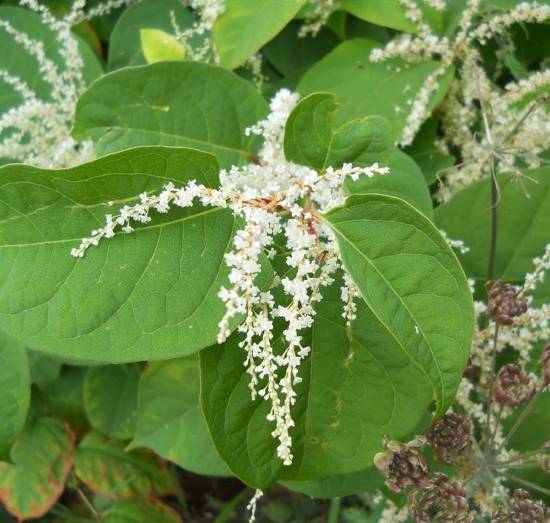No matter whether you’re a recreational gardener with only a few spare hours per week, an avid home gardener with an allotment or a builder or landscaper who spends the majority of their time in the garden, it’s more than likely that you’re heard of Japanese Knotweed and the perils it can provide. In this post we look at what it is, why it’s problematic and how you can overcome it.
What is Japanese Knotweed?
Japanese Knotweed was originally brought to the UK because of its exquisite beauty. However, back then, it wasn’t known just how problematic it could be. Nowadays, it’s still considered to be beautiful, but it’s definitely something you don’t want on your property.
Almost impossible to get rid of, Japanese Knotweed grows at an alarming rate, and it can easily get out of control. If you have Japanese Knotweed on your property, then it can knock thousands, if not tens of thousands of pounds off the asking price as it can be difficult to get a mortgage… that’s how damaging it can be.
It begins growing in spring, and can be 3m tall by June. Although it dies down over the autumn, and appears to have disappeared entirely during winter, don’t be fooled as it will be back; and with vengeance, growing by 20-30cm per day in summer months.
What Does it Look Like?
The appearance of Japanese Knotweed changes throughout the seasons. In spring, the shoots will have reddish and purple leaves, and as the plant grows, its stem develops purple specks much like with bamboo. From here, the leaves will unfurl and turn green. Arranged on the stem in a zig-zag pattern, they have a flattened base and a pointed tip.
By the late summer and early autumn, it produces creamy, white flowers. In winter, the leaves will fall off and the stem will turn either orange or brown before slowly decomposing. From here, once spring arrives, the cycle will repeat.
Why is This a Problem?
If left untreated, Japanese Knotweed can cause large structural problems to your home. Because it grows so quickly, it can disperse other flowers and can also grow through walls or tiles. As a result, it must be dealt with immediately; especially before it spreads onto someone else’s land.
However, getting rid of it is notoriously difficult, and each 1m square can produce over 300 new shoots. As a result, if you discover some on your property, you’ll need to consult experts such as UK landscapes immediately. Professionals can also help get rid of the plant safely, as it isn’t just something you can throw in the bin. If you do this, then there’s a good chance you’ll be able to get rid of them safely and swiftly.










